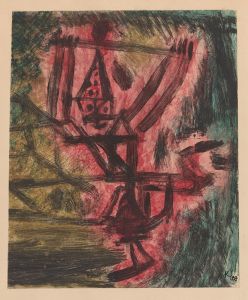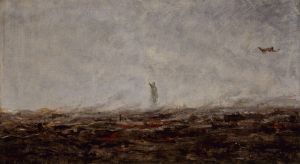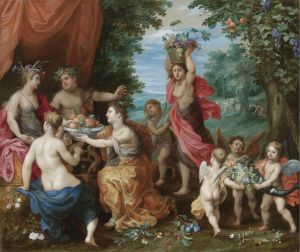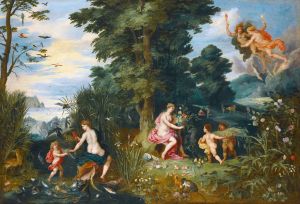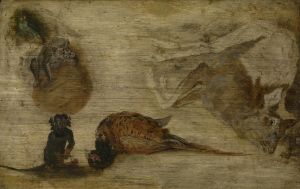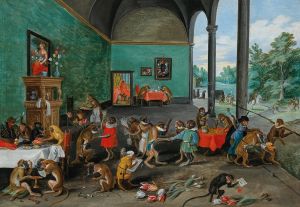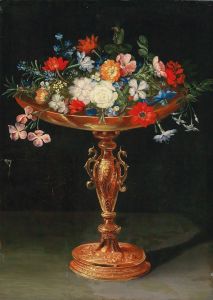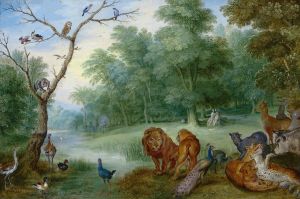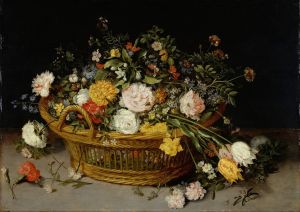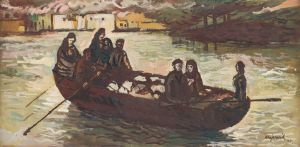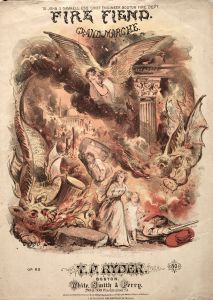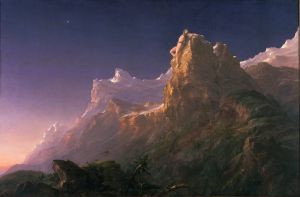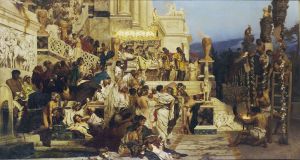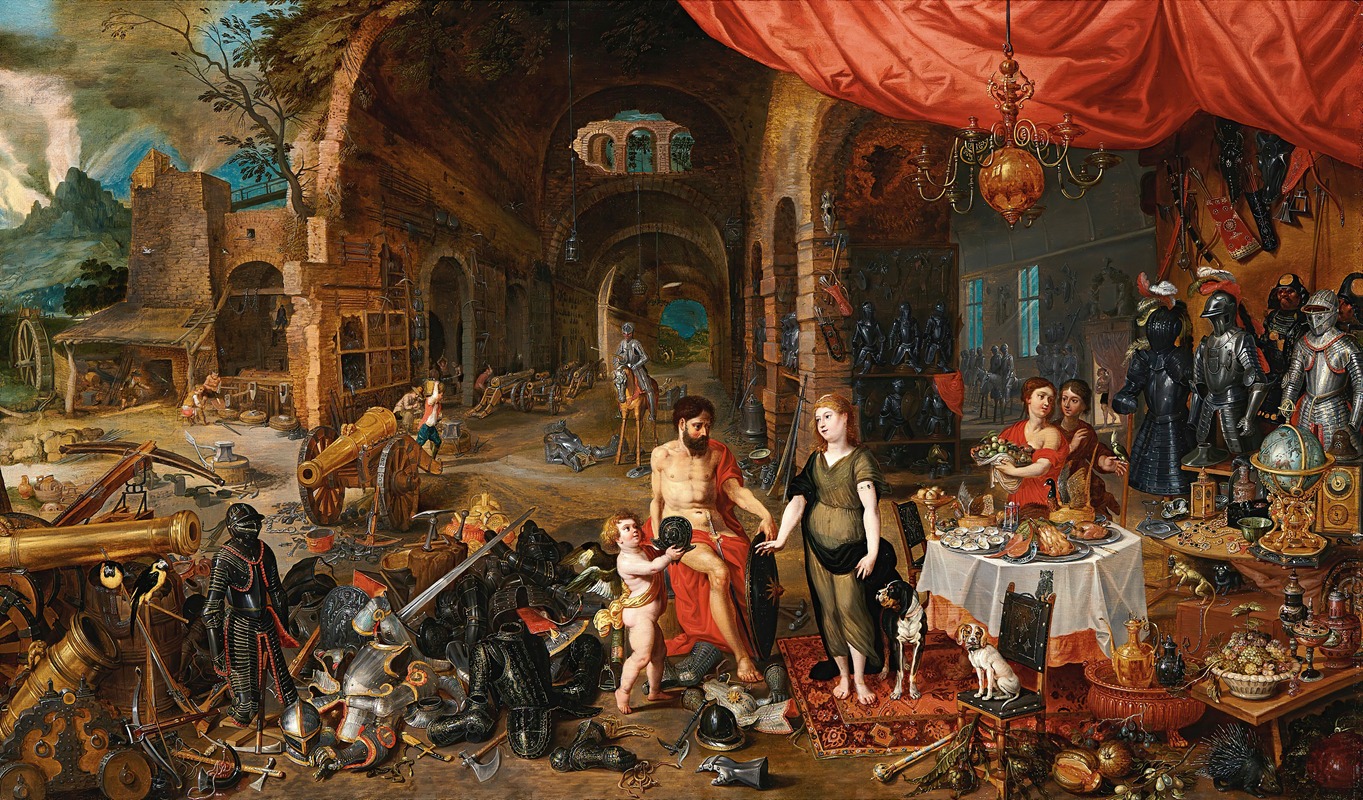
Venus At The Forge Of Vulcan
A hand-painted replica of Jan Brueghel the Younger’s masterpiece Venus At The Forge Of Vulcan, meticulously crafted by professional artists to capture the true essence of the original. Each piece is created with museum-quality canvas and rare mineral pigments, carefully painted by experienced artists with delicate brushstrokes and rich, layered colors to perfectly recreate the texture of the original artwork. Unlike machine-printed reproductions, this hand-painted version brings the painting to life, infused with the artist’s emotions and skill in every stroke. Whether for personal collection or home decoration, it instantly elevates the artistic atmosphere of any space.
"Venus at the Forge of Vulcan" is a painting by the Flemish artist Jan Brueghel the Younger, a prominent figure in the Baroque period known for his detailed and vibrant works. Jan Brueghel the Younger was born in 1601 in Antwerp, into a family of artists. He was the son of Jan Brueghel the Elder and the grandson of Pieter Bruegel the Elder, both of whom were renowned painters. Following in his family's footsteps, Jan Brueghel the Younger developed a style characterized by meticulous attention to detail and a vibrant use of color.
The painting "Venus at the Forge of Vulcan" depicts a scene from Roman mythology involving Venus, the goddess of love, and Vulcan, the god of fire and metalworking. In the myth, Venus visits Vulcan's forge to request armor for her son Aeneas, a hero of the Trojan War. This narrative has been a popular subject in art, allowing artists to explore themes of love, beauty, and craftsmanship.
In Brueghel's rendition, the scene is set in Vulcan's forge, a workshop filled with various tools and materials associated with metalworking. The composition is rich with detail, showcasing Brueghel's skill in rendering textures and materials. The figures of Venus and Vulcan are central to the composition, with Venus often depicted as an idealized figure of beauty and grace, contrasting with Vulcan's more rugged and muscular appearance.
Brueghel's work is notable for its vibrant color palette and intricate detailing, which bring the scene to life. The artist's ability to depict a wide range of textures, from the smoothness of Venus's skin to the roughness of the forge's tools, demonstrates his technical proficiency and attention to detail. The painting also reflects the influence of Brueghel's father, Jan Brueghel the Elder, who was known for his detailed landscapes and still lifes.
"Venus at the Forge of Vulcan" is an example of the collaborative nature of art during the Baroque period. It is not uncommon for Brueghel's works to include contributions from other artists, particularly in the depiction of figures. In some instances, Brueghel would collaborate with other painters who specialized in figures, while he focused on the intricate backgrounds and settings.
The painting is part of a broader tradition of depicting mythological subjects, which were popular among patrons during the Baroque period. These works often served as allegories, conveying moral or philosophical messages through the depiction of classical myths. In the case of "Venus at the Forge of Vulcan," the painting can be seen as an exploration of the relationship between beauty and craftsmanship, as well as the interplay between divine and mortal realms.
Jan Brueghel the Younger's work, including "Venus at the Forge of Vulcan," is held in high regard for its technical skill and artistic innovation. His paintings are part of collections in museums and galleries around the world, where they continue to be studied and appreciated for their contribution to the Baroque tradition. Through his detailed and vibrant compositions, Brueghel has left a lasting legacy in the world of art, continuing to captivate audiences with his depictions of mythological and allegorical subjects.





